This month, Lyle Nelson of the Congressional Budget Office (CBO) released a “working paper” summarizing the results of a decade of experience with 6 care management demonstration projects in the Medicare population. These demonstrations included a total of 34 disease management or care coordination programs.
All of the 34 care management programs were designed to reduce Medicare costs primarily by maintaining or improving the health of the Medicare beneficiaries, and thereby reducing the need for expensive inpatient hospital stays. As shown the graph below, different programs showed different effects on the rate of hospital admissions. On average, the programs showed no effect.

The CBO analyzed whether specific characteristics of programs led to better or worse results. They found that programs where the care management provider’s fees were at risk did not perform better or worse than those with fees not at risk. However, they did find two things that worked. They found that programs in which care managers had substantial direct interaction with physicians and those with significant in-person interaction with patients reduced hospital admissions by an average of 7%, while programs that did not have these features had no impact on hospital admissions.
But, after subtracting the cost of the programs themselves, almost none of the programs achieved net savings.
The programs with the most compelling performance included:
- Massachusetts General Hospital and its affiliated physician group reduced hospital admissions between 19-24% among patients selected as “high risk” using a program that was far more tightly integrated with the health care delivery system. Physicians in the group were involved in the design of the intervention, and care managers were staff members in primary care physicians’ practices. The patients received the vast majority of their care within the integrated delivery system, so almost all of their health information was available and up-to-date in an electronic medical records system. Care managers were notified immediately when a patient was admitted to the emergency room or hospital. They had an opportunity for face-to-face interaction with patients in the clinic. And, they had access to a pharmacist to address medication issues.
- Two multi-specialty group practices in the Northwest reduced hospital admissions by 12-26% among high risk patients using a program that involved telemonitoring with the “Health Buddy” device that transmitted symptoms and physiologic measurements to a care manager
- Mercy Medical Center in rural Iowa reduced hospital admissions by 17% among patients hospitalized or treated in the ER in the prior year for CHF, COPD, liver disease, stroke, vascular disease, and renal failure using a program that involved care managers, many of which were located in physician offices and/or accompanied patients on their physician visits.
The methods used for these evaluations were far stronger than those used by the self-evaluations typically advertised by vendors of care management services. In the CBO reports, 30 of the 34 programs were evaluated based on a comparison to a randomly selected comparison group. The remaining 4 programs were evaluated using a concurrent comparison group selected using the same selection criteria. In all cases, the programs were evaluated on an “intent to treat” basis, where study subjects were included in the evaluation regardless of whether they participated in the voluntary programs, thereby removing a source of bias that causes mischief in less rigorous evaluations.
To me, the take-away message is that provider-based care management is promising, but health-plan-style telephonic care management has not been successful, even in a senior population, where finding high risk targets is far easier and even when the care management services provider is highly motivated to succeed.


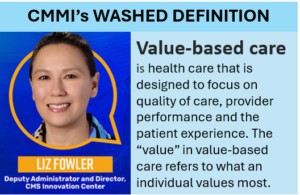
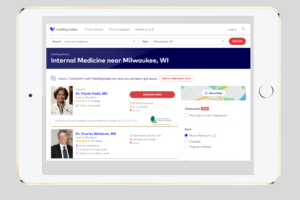

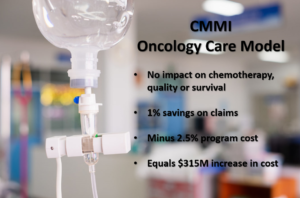

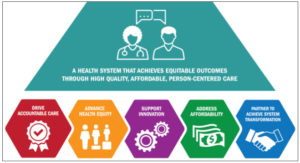



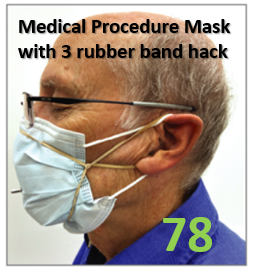
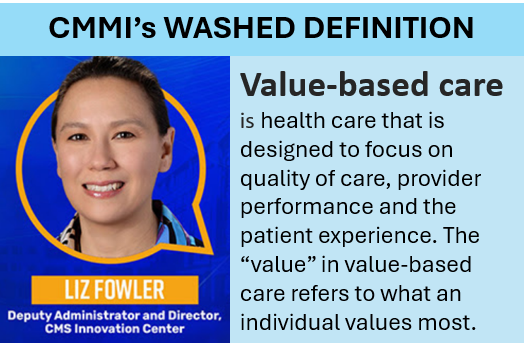
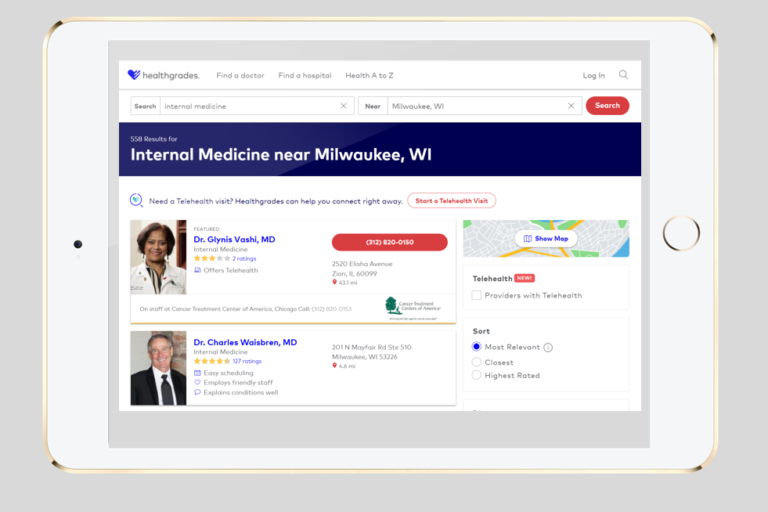

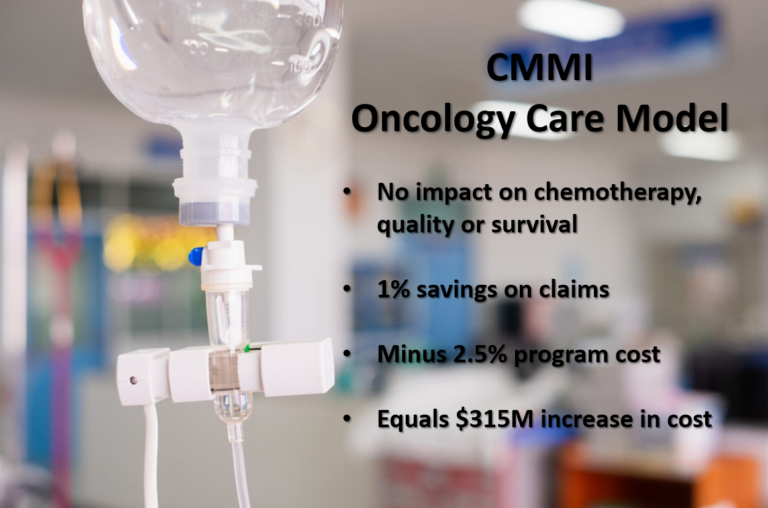

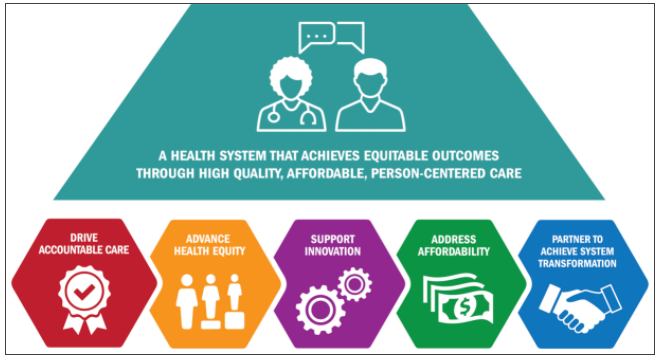
1 thought on “Congressional Budget Office: Care management programs only work if care managers have face to face contact with patients and substantial interaction with physicians”
Pingback: CBO: Bundled payments for bypass surgery saved 10%, but pay-for-performance and gain-sharing was not effective in 3 Medicare demonstrations